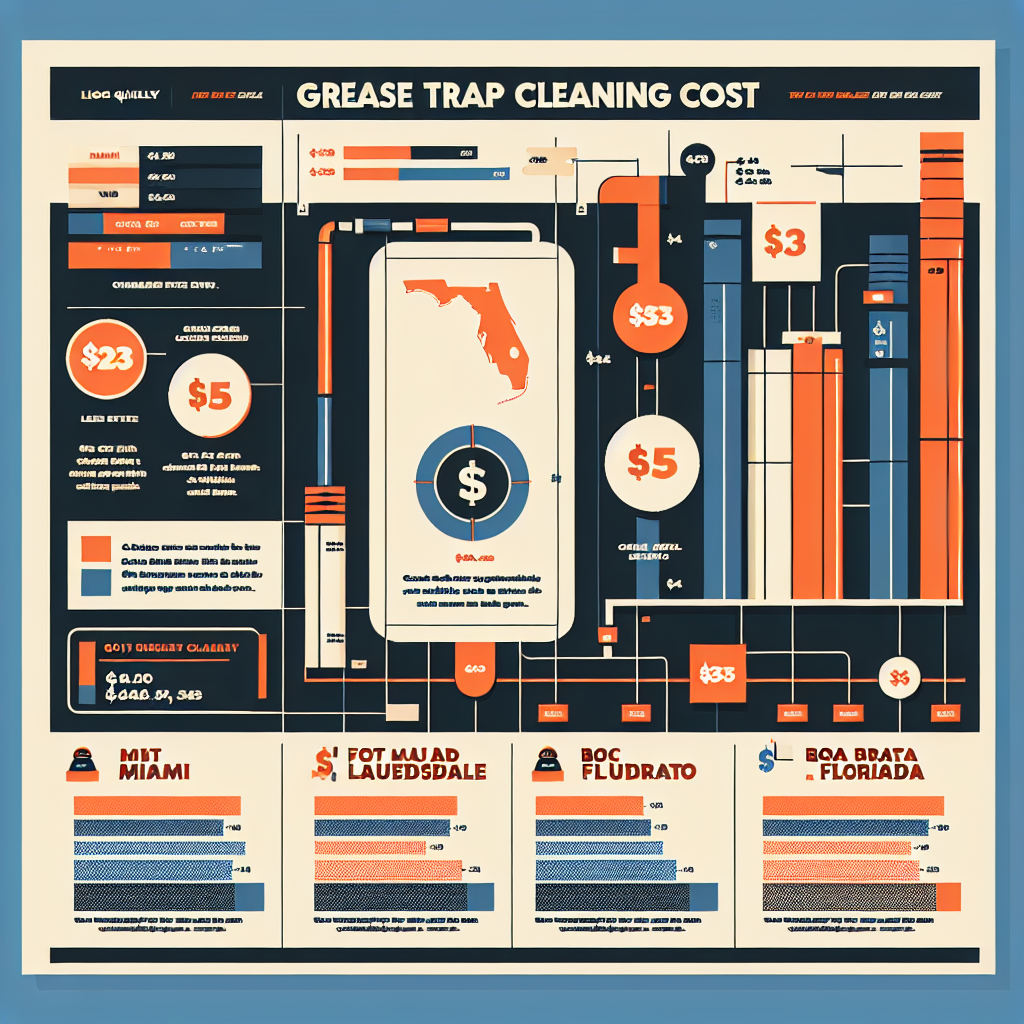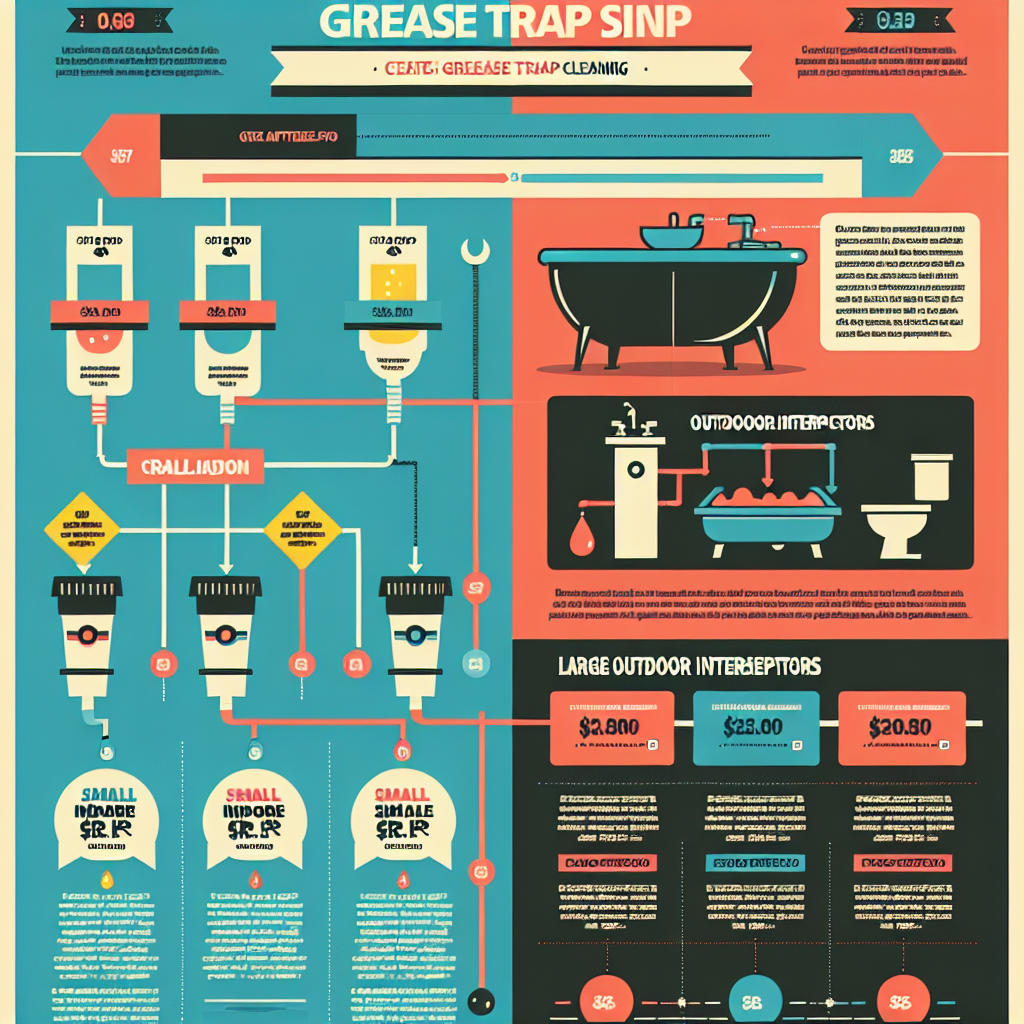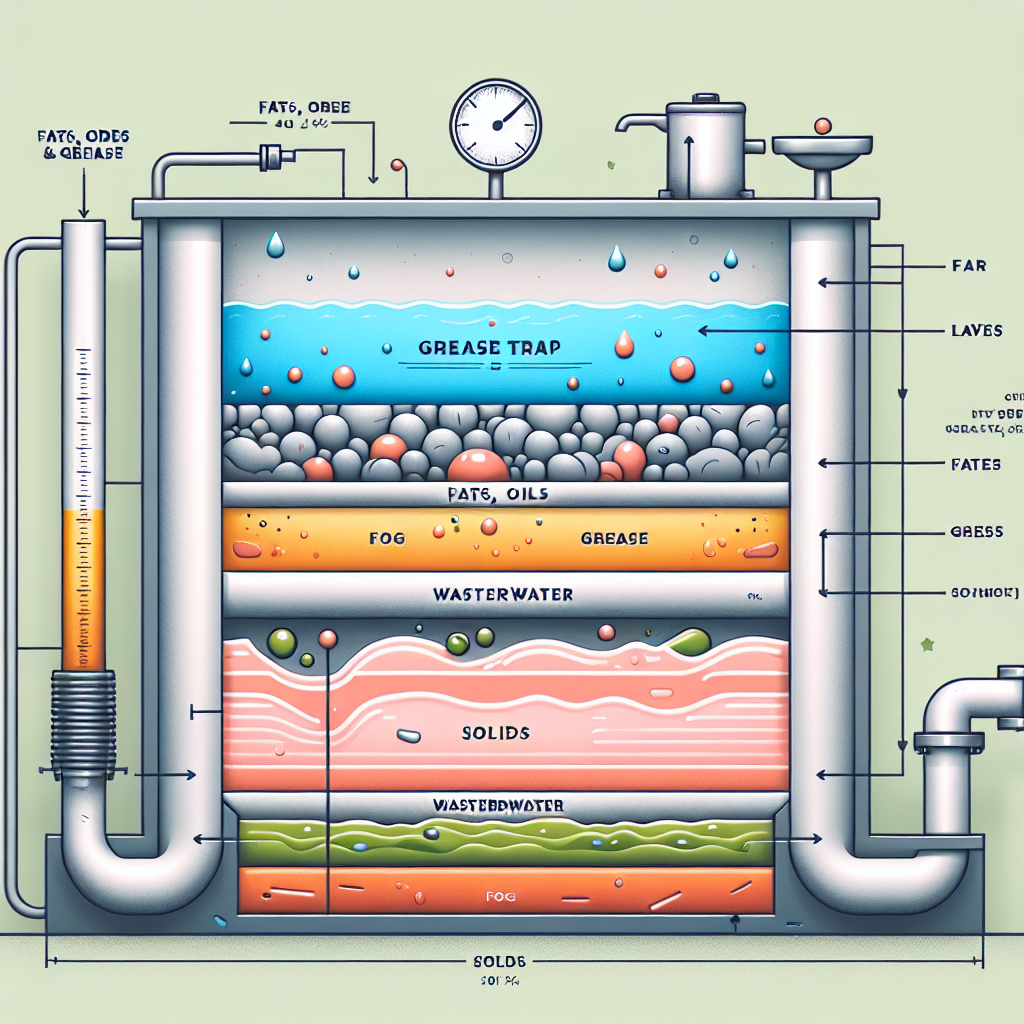How to Prevent Grease Trap Overflows in South Florida
Complete guide to how to prevent grease trap overflows in south florida for South Florida restaurants.
We Handle Everything For You
We handle all the sourcing, negotiations, and logistics to find you the best grease trap service provider at the cheapest cost in your area.
How to Prevent Grease Trap Overflows in South Florida
How to Prevent Grease Trap Overflows in South Florida
Grease trap overflows can be a costly and disruptive issue for restaurants in South Florida. Implementing effective prevention strategies is crucial to maintaining compliance and avoiding unnecessary expenses. This guide provides practical steps to prevent grease trap overflows, focusing on daily maintenance, staff training, proper disposal methods, and emergency response procedures specific to Miami, Fort Lauderdale, and Boca Raton.
Understanding Grease Trap Overflows
Definition: A grease trap overflow occurs when fats, oils, and grease (FOG) accumulate beyond the trap's capacity, leading to blockages and potential wastewater system contamination.
#### Causes of Grease Trap Overflows
Daily Maintenance Practices
1. Implement Routine Cleaning: Schedule regular cleaning based on the trap's size and the restaurant's FOG output. Generally, traps should be cleaned every 90 days, but high-volume establishments may require more frequent service.
2. Monitor FOG Levels: Use a dipstick or a similar tool to measure the FOG level in the trap. Clean the trap when FOG reaches 25% of the trap's capacity to prevent overflow.
3. Train Staff on Proper Disposal: Educate kitchen staff on the importance of scraping food scraps and grease into designated containers before washing dishes.
Staff Training Protocols
1. Conduct Regular Training Sessions: Ensure all kitchen staff understand the importance of grease trap maintenance and proper disposal methods.
2. Create a Grease Disposal Policy: Develop and enforce a policy that outlines acceptable disposal practices, including the use of grease bins and strainers.
3. Assign Responsibilities: Designate specific staff members to monitor and maintain the grease trap, ensuring accountability.
Proper Grease Disposal Methods
1. Use Grease Bins: Place bins in convenient locations for staff to dispose of grease and food scraps.
2. Install Drain Screens: Use screens to catch food particles before they enter the plumbing system.
3. Partner with a Grease Recycling Service: Engage a local service to regularly collect and recycle used cooking oil.
Regular Inspection Schedules
1. Schedule Professional Inspections: Hire certified professionals to inspect and clean grease traps at least quarterly.
2. Document Maintenance Activities: Keep detailed records of cleaning and inspection dates to ensure compliance with local regulations.
Emergency Response Procedures
1. Develop an Overflow Response Plan: Create a step-by-step plan for staff to follow in case of a grease trap overflow, including immediate actions and contact information for emergency services.
2. Train Staff on Emergency Protocols: Conduct regular drills to ensure staff are prepared to respond quickly and effectively to an overflow.
3. Maintain Emergency Supplies: Keep spill kits and protective equipment on hand to manage overflows promptly.
City-Specific Considerations
#### Miami
#### Fort Lauderdale
#### Boca Raton
Cost Transparency and Compliance
Understanding Costs: Grease trap maintenance costs vary based on trap size, cleaning frequency, and local service provider rates. Regular maintenance can prevent costly emergency services and compliance fines.
Compliance First: Adhering to local regulations not only prevents fines but also ensures environmental protection and public health safety.
FAQs
How often should you clean a grease trap?
Grease traps should be cleaned every 90 days or more frequently for high-volume restaurants to prevent overflows and maintain compliance.
What causes grease trap overflow?
Overflow is typically caused by excessive FOG accumulation, improper disposal practices, and inadequate maintenance schedules.
How can I prevent grease trap problems?
Implement regular cleaning schedules, train staff on proper disposal, and monitor FOG levels to prevent issues.
What are signs of grease trap problems?
Common signs include slow drainage, foul odors, and visible grease buildup in the trap.
How much does grease trap cleaning cost?
Costs vary by location and trap size, but regular maintenance is more cost-effective than emergency services.
What are the compliance requirements for grease traps in South Florida?
Requirements vary by county but generally include regular cleaning, maintaining a GDO permit, and proper documentation.
Conclusion
Preventing grease trap overflows is essential for maintaining a smooth operation and avoiding costly disruptions in South Florida restaurants. By implementing daily maintenance practices, training staff, and adhering to local regulations, restaurant owners can ensure their grease traps function efficiently and remain compliant.
For more detailed information on local regulations, you can visit the [Miami-Dade County Department of Environmental Resources Management](https://www.miamidade.gov/environment/) website.
By following these guidelines, South Florida restaurant owners can effectively manage their grease traps, ensuring compliance and preventing costly overflows.
Related Grease Trap Resources



Need Professional Help?
Get expert grease trap services with transparent pricing and same-day availability.
Get Free Quote